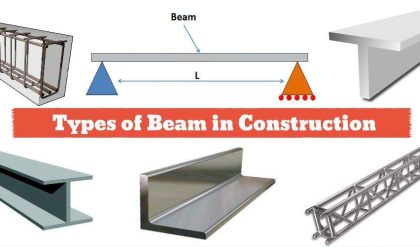Failure of bolted connection can be classified broadly in to two:
(1) failure of the bolt and
(2) failure o f connecting parts. Bolte d joints may fail in any
of the following six ways
· Shear failur e of bolts.
· Bearing fail ure of bolts.
· Bearing fail ure of plates
· Tension fail ure of bolts.
· Tension or t earing failur e of plates.
· Block shear failure.
BOLTED CONNECTIONS
Bolt is a metal pin with a head at one end and a shank threaded at other end to receive a nut, as shown in Figure 6. Steel washers are usually provided under the bolt head and nuts to prevent the treaded portion of the bolt from bearing on the connecting pieces and to distribute the clamping pressure on the bolted member.
A bolt connection can be used for end connections in tension and compression members. They can also hold down column bases in position and as separator for purlins and beams in foundations. Bolts are having the following advantages over rivets and pins: (a) the erection of the structures can be speeded up. (b) Less skilled labour can be employed. (c) Overall cost of bolted connection is lesser than the other alternatives. However the following shortcomings are also associated with the bolted connections: (a) Cost of material is high, about double than that of rivets. (b) The tensile strength of bolt is reduced due to the reduced area at the root of the thread and stress concentration. (c) Normally strength reduction will be there for loose fit bolts. (d) Bolts may get loose when subjected to vibrations.



